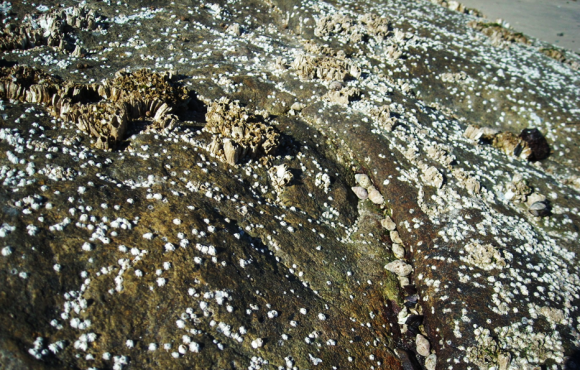Research conducted by C·I·B post-doctoral fellow Katelyn Faulkner demonstrates that to reduce invasions, ships travelling along high risk routes should be targeted for inspections.
As ships move goods around the world, they unintentionally ferry invasive species to regions where they are not native. These new species arrive in the ships’ ballast water – the water ships pump on board for stability. But when the ships arrive in port, they discharge the ballast water, along with these unwanted hitchhikers. Many of these species establish and have negative impacts where introduced. Unfortunately, there are limited resources available to reduce these introductions, and so priorities must be identified.
South Africa was used as a case study by Katelyn and her co-authors, to evaluate the potential for ships to introduce species that will establish, and determine whether there is variation across shipping routes. The authors used ship movement data and environmental matching techniques to estimate the number of species with the potential to establish that will be transported along each route to South Africa.
The study, which has been published in PLoS ONE, shows that some shipping routes to South Africa will introduce a higher number of alien species with the potential to establish than others. Routes from Asia, and in particular those from Singapore, pose an especially high risk to South Africa, but different routes pose a high risk to different South African ports. The authors also found that more alien species with the potential to establish are likely to be introduced to Durban than to South Africa’s other large ports.
According to Katelyn, “our results suggest that to reduce the number of invasive species introduced to South Africa through shipping, specific routes need to be targeted and a large portion of the available resources should be allocated to Durban. The identification of these management priorities is of particular relevance at the moment, as the International Maritime Organisation’s Ballast Water Management Convention, which sets limits on the highest concentrations of various organisms that ships can have in their ballast water before discharging it, will enter into force in September this year.”
Read the paper in the PLoS ONE
For more information, contact Katelyn Faulkner at katelynfaulkner@gmail.com




